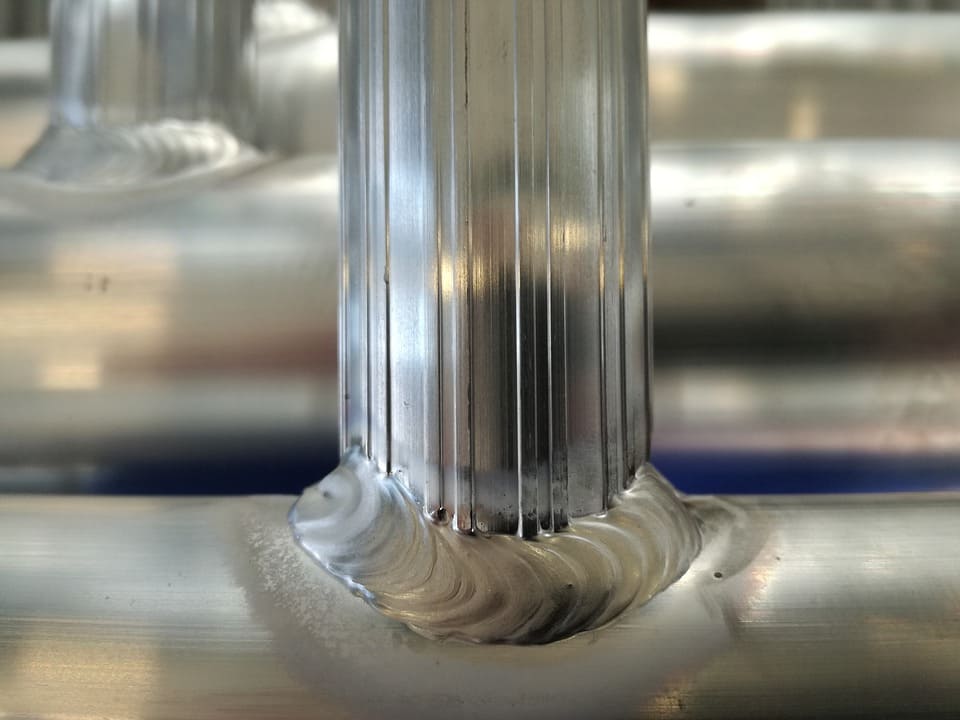What constitutes a good weld? Every welder strives to improve the quality of his or her welds. Improving weld quality requires you to work on your welding skills and use the right welding equipment. This will help you understand what you need to improve on your weld quality. On the contrary, understanding what a welding defect looks like is key to broadening your understanding.
This article looks at some common welding effects, possible causes, and solutions.
Incomplete Penetration
This welding defect arises when the filler metal fails to join the metals correctly. In most cases, the filler metal does not fill the entire welding space, thus resulting in a gap. Weak penetration can be as a result of using a very thick rod, too much welding space, low wedding amperage, or when welding a V-shaped groove. Weld joints with weak penetration are weak at their best.
Undercutting
An undercut is one of the most common welding defects. This welding defect results when the base metal is eroded at the toe of a weld. This welding defect can compromise on the quality of the weld a great deal. Undercutting often results when the set amperage is too high, when the arc is too long, when using a very large electrode, or when you move your electrode too much while welding.
Porosity
This welding defect is characterized by the presence of tiny holes within the weld.  Porosity results when the molten puddle releases gases as the puddle cool and these gases fail to get to the surface after cooling, the weld suffers from porosity. It is imperative to understand that these gas pockets can compromise on your weld quality a great deal. Thus, it is essential to clean your materials before use and try using low-hydrogen electrodes to safeguard against porosity.
Porosity results when the molten puddle releases gases as the puddle cool and these gases fail to get to the surface after cooling, the weld suffers from porosity. It is imperative to understand that these gas pockets can compromise on your weld quality a great deal. Thus, it is essential to clean your materials before use and try using low-hydrogen electrodes to safeguard against porosity.
Flux Inclusions
Flux inclusions are common to soldering and blazing, especially if you are using too much flux. Flux is often used to float out inclusions from the weld. Thus, it is imperative to remove flux after welding to add an extra layer. The effect of flux inclusion is that they make the weld joint susceptible to leaks. The key to avoiding flux inclusion is to check on the amounts of flux you use, using optimal heat needed to melt both the filler and the flux, and most importantly, cleaning the welded joints after every pass.

